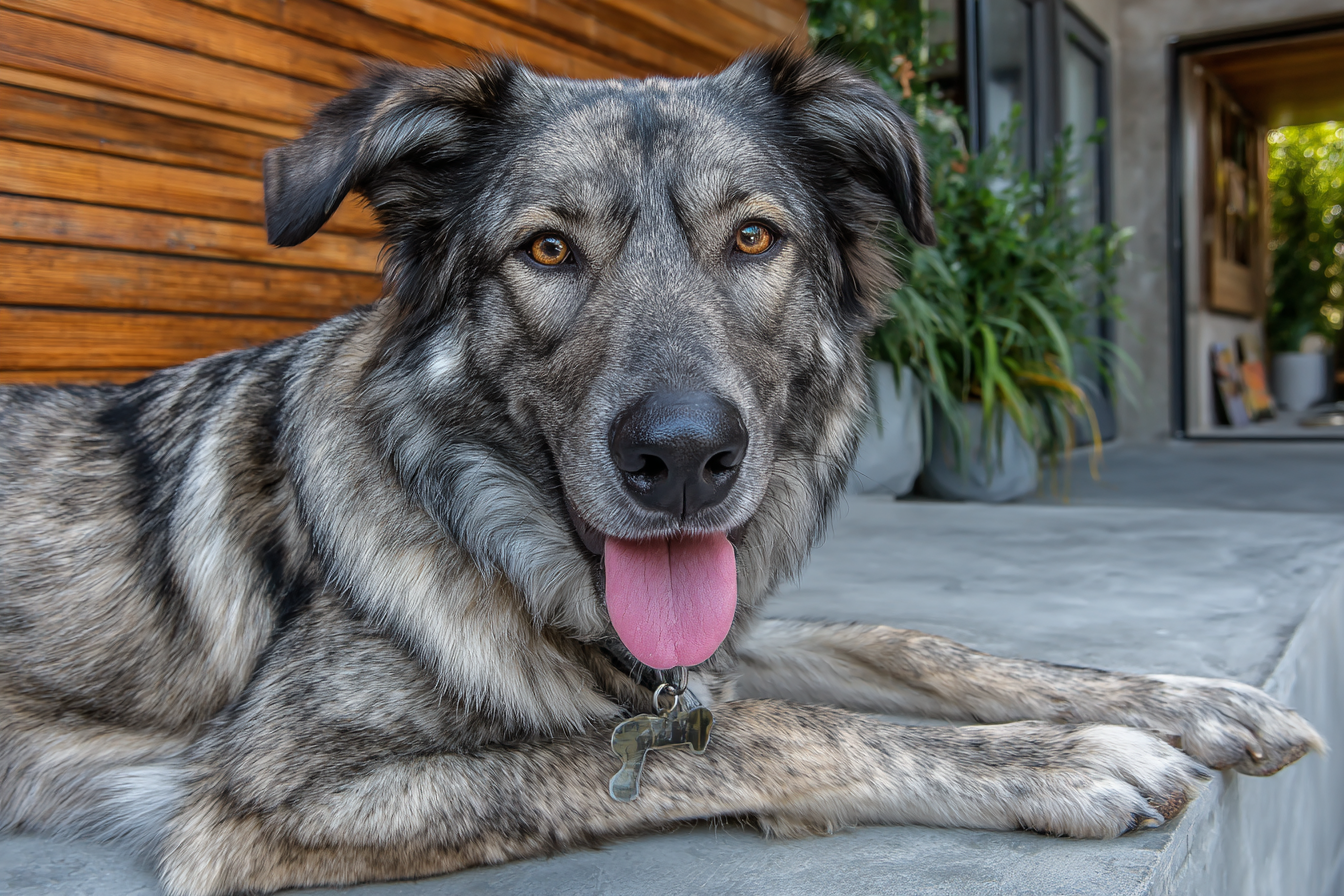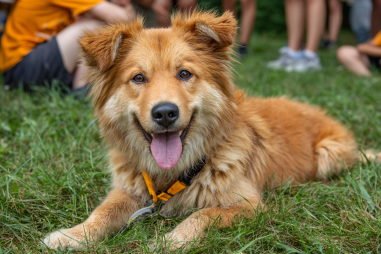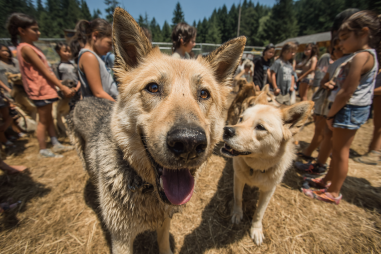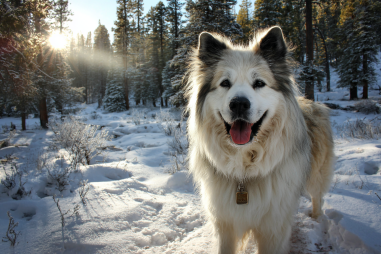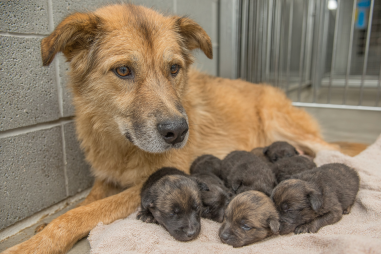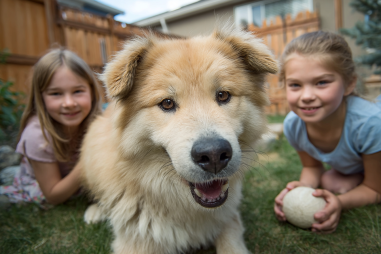Chinook dogs are a unique and rare breed known for their friendly temperament and impressive stamina. Originally bred as sled dogs, they naturally thrive in environments that can accommodate their energy levels and social habits. Whether you’re bringing a Chinook into an apartment or a sprawling suburban yard, understanding their ideal living conditions is key to keeping them happy, healthy, and well-behaved. In this article, we’ll explore the best living environments for a Chinook dog, covering everything from climate preferences to outdoor fencing, indoor safety tips, and how to adjust their surroundings as they age.
Climate Suitability for Chinooks
Chinooks are a breed that originated in New England and were designed to withstand colder climates. Thanks to their thick double coat, they perform best in cooler weather and are well-suited for regions that experience mild to cold winters. While they can adapt to warmer climates, it’s essential to provide plenty of shade, fresh water, and avoid overexertion during the hottest parts of the day to prevent heat stress.
If you live in a hot or humid environment, be vigilant about their outdoor time and observe for signs of overheating, such as excessive panting, lethargy, and drooling. An air-conditioned space or a cooling mat can help during summer months. Overall, Chinooks thrive where they can enjoy cooler weather or a moderate climate, but with proper care, they can be comfortable in a variety of areas.
Space and Exercise Area Requirements
Chinooks are energetic dogs with inherited traits from sled and working dogs, which means they need ample space and opportunities for vigorous exercise. Ideally, they should have access to a large, securely fenced yard where they can run, play, and explore safely. This breed is not well-suited for apartment life unless you are committed to providing multiple daily walks, runs, or other physical activities.
Regular exercise is crucial. Without enough activity, Chinooks may develop behavioral issues such as destructive chewing or excessive barking. Planning for at least 60 to 90 minutes of exercise daily is a good rule of thumb. This can include brisk walks, jogging, hiking, or interactive games like fetch. Chinooks also benefit significantly from mental stimulation, so incorporating training sessions, puzzle toys, or agility exercises can keep them sharp and happy.
Indoor Accommodations and Safety Tips
While Chinooks enjoy the outdoors, they are also very social dogs that thrive on being part of the family. Indoors, they should have plenty of comfortable space to rest and relax. Provide a cozy dog bed in a quiet corner of the house, away from drafts and direct sunlight. It’s important that the indoor environment is safe and free from hazards.
Some safety tips for inside the home include:
- Keep toxic plants, chemicals, and small objects out of reach to prevent ingestion.
- Ensure electrical cords are tucked away or covered to avoid chewing hazards.
- Use baby gates if you want to restrict access to certain rooms during training or when unsupervised.
- Provide plenty of chew toys to satisfy their natural urge and prevent damage to household items.
Chinooks are also fairly adaptable to indoor living but can be sensitive to loneliness. They do best when they have regular interaction with their human family members.
Outdoor Fencing and Shelter Considerations
When it comes to outdoor space, fencing is a critical component to create a secure and Chinook-friendly environment. This breed is known for its intelligence and agility, so the fence needs to be high and secure enough to prevent jumping or digging underneath. Usually, fences that are at least 6 feet tall work well.
Safe boundaries will provide peace of mind while allowing your Chinook to roam freely and burn off energy. Additionally, because Chinooks have thick coats but can still be sensitive to extreme weather, they should have access to sheltered areas outdoors.
Consider these shelter tips:
- A well-insulated dog house or covered patio space for shade and protection from rain or snow.
- Elevated bedding in the dog house to avoid dampness and cold ground contact.
- Regular cleaning of the outdoor kennel or shelter area to maintain hygiene.
Providing water access at all times is also essential, especially during warmer months.
Noise and Interaction with Neighbors
Chinook dogs tend to be fairly quiet compared to some other sled breeds, but they can be alert and vocal if they sense something unusual. This means that they may bark occasionally to alert you to strangers or strange noises. It’s important to train your Chinook from an early age on appropriate barking behavior to maintain good relations with neighbors.
If you live in a close-knit neighborhood or within an apartment complex, invest time in socialization and obedience training. Encouraging calm and polite behavior around people and other dogs will help prevent nuisance barking and create a peaceful environment for everyone.
Adjusting Environment for Aging Chinooks
As Chinook dogs grow older, their activity level naturally decreases, and they may develop joint stiffness or arthritis. It becomes important to adapt their living environment to meet these changing needs. Older Chinooks benefit from a warm, soft bed that supports their joints and limits pressure points.
Consider providing non-slip flooring or area rugs in places where they spend the most time to minimize slips and falls. Their exercise routine should be modified with shorter, gentler walks instead of strenuous runs, focusing more on mental enrichment.
Additionally, accessibility is key. Avoid placing food and water bowls in locations that require difficult climbing or descending stairs, and create easy pathways in the home, especially if mobility issues arise. Regular vet check-ups will help monitor health and guide you on appropriate environmental changes.
Crafting a Chinook-Friendly Home
Creating the ideal living space for your Chinook dog means understanding their heritage and unique needs. They are best suited to cooler climates with plenty of room to exercise, both indoors and outdoors. A secure, fenced yard provides a safe playground, while thoughtful indoor accommodations keep them comfortable and engaged with the family.
With attention to safety, climate considerations, and adapting the environment as they age, Chinooks can thrive in a variety of homes. Whether you live in the countryside with acres of space or a suburban yard, providing plenty of physical activity, mental stimulation, and loving interaction will ensure your Chinook remains a happy and loyal companion for years to come.

